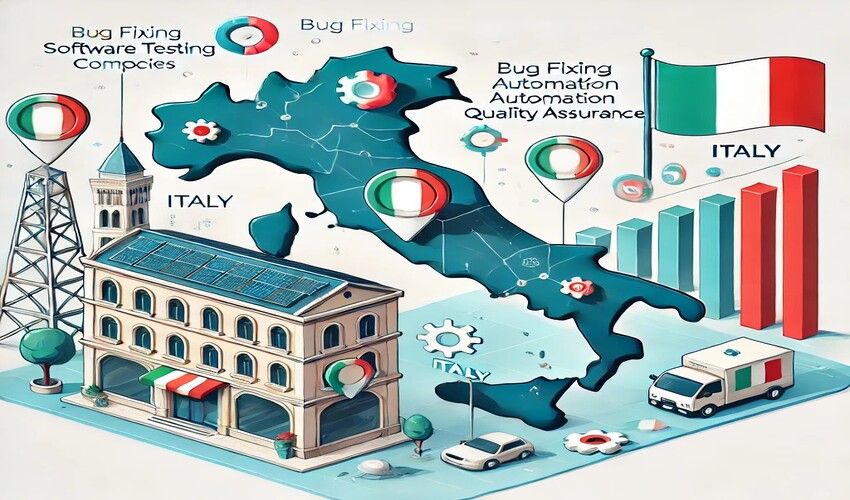Implementing Cloud Workload Protection Platforms (CWPP) demands strategic planning and precise execution to fortify cloud security. In this beginner’s guide, discover essential best practices for successful CWPP deployment. Explore key considerations, such as evaluating workload risks, selecting the right CWPP solution, seamless integration with existing systems, and continuous monitoring for threats. Learn how to navigate challenges and ensure a robust security posture within cloud environments. Gain insights into the step-by-step implementation process, empowering you to safeguard your cloud workloads effectively. Unlock the foundational principles for deploying CWPP, ensuring a resilient defence against evolving cyber threats.
What is Cloud Workload Protection Platforms?
Cloud Workload Protection Platforms (CWPP) are comprehensive security solutions designed to safeguard cloud-based workloads, applications, and data. They offer a centralized approach to protect various elements within cloud environments, focusing on threat detection, visibility, and mitigation. CWPP ensures security across diverse workload types, including virtual machines, containers, and serverless architectures. These platforms employ features like real-time monitoring, vulnerability assessment, access control, and automated responses to combat evolving cyber threats. CWPP aids in compliance adherence, risk reduction, and maintaining a resilient security posture in dynamic cloud infrastructures, ensuring robust protection against unauthorized access, malware, data breaches, and other security risks.
CWPP vs CSPM
CWPP (Cloud Workload Protection Platforms) and CSPM (Cloud Security Posture Management) serve distinct yet interconnected roles in cloud security. CWPP focuses on securing individual workloads and applications within the cloud, emphasizing threat detection, vulnerability management, and workload-specific protection. In contrast, CSPM concentrates on the overall security posture of the entire cloud environment, addressing configuration errors, compliance monitoring, and adherence to security best practices. While CWPP offers targeted protection for specific workloads, CSPM ensures holistic security by overseeing the configuration, compliance, and governance of the entire cloud infrastructure. Together, they create a comprehensive security strategy, addressing both workload-specific vulnerabilities and broader infrastructure concerns.
CWPP vs CSPM both focuses on securing workloads and applications within the cloud, & oversees the overall security posture of the entire cloud environment, including configuration, compliance, and governance.
Best Practices for CWPP
Certainly! Here are five best practices for Cloud Workload Protection Platforms (CWPP):
- Comprehensive Visibility: Ensure complete visibility into all cloud workloads, including virtual machines, containers, and serverless functions. This visibility aids in understanding the workload landscape and potential security gaps.
- Continuous Monitoring: Implement real-time monitoring and threat detection mechanisms to identify anomalies promptly. Regularly assess workload behaviours and configurations for any deviations or suspicious activities.
- Vulnerability Management: Regularly conduct vulnerability assessments and patch management across workloads to mitigate potential security risks. Stay updated on security patches and apply them promptly to prevent exploitation of vulnerabilities.
- Automation and Orchestration: Employ automation to streamline security processes, such as automated responses to threats, orchestration of security measures, and policy enforcement. This reduces human error and ensures swift action against security incidents.
- Integration and Collaboration: Ensure seamless integration of CWPP with existing security tools and collaborate across teams to maintain a cohesive security posture. Foster collaboration between development, operations, and security teams to enhance overall cloud security measures.
Implementing these best practices enhances the effectiveness of CWPP, fortifying cloud workloads against evolving threats and vulnerabilities.
Conclusion
In the journey of implementing Cloud Workload Protection Platforms (CWPP), adherence to best practices is pivotal. Embracing comprehensive visibility, continuous monitoring, robust vulnerability management, automation, and collaborative integration ensures a fortified defence against evolving threats within cloud environments. As beginners delve into CWPP deployment, these practices form a solid foundation for an effective security strategy. By navigating challenges and embracing these best practices, organizations can confidently safeguard their cloud workloads. Remember, the proactive adoption of these measures not only bolsters security but also cultivates a culture of resilience, adaptability, and ongoing improvement in the ever-evolving landscape of cloud security.
















Leave a Reply